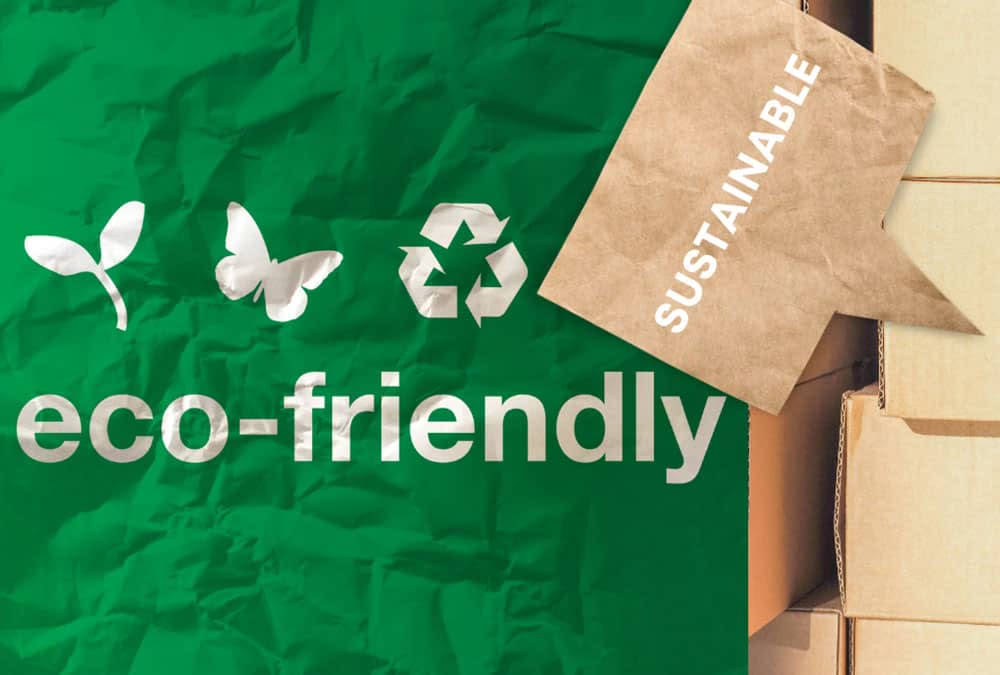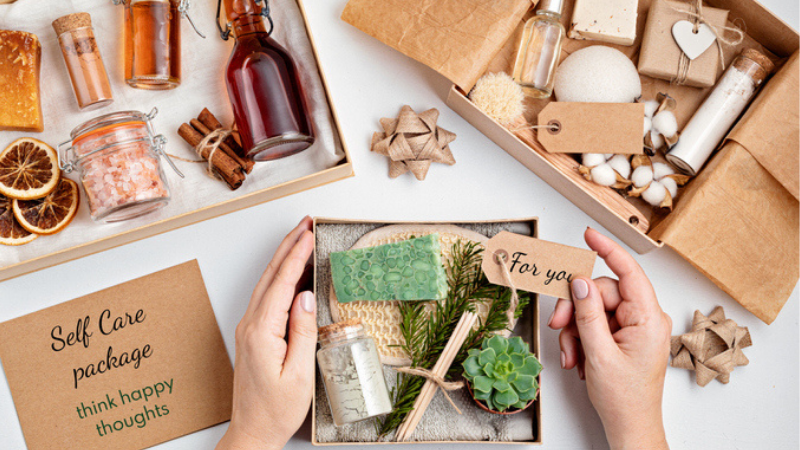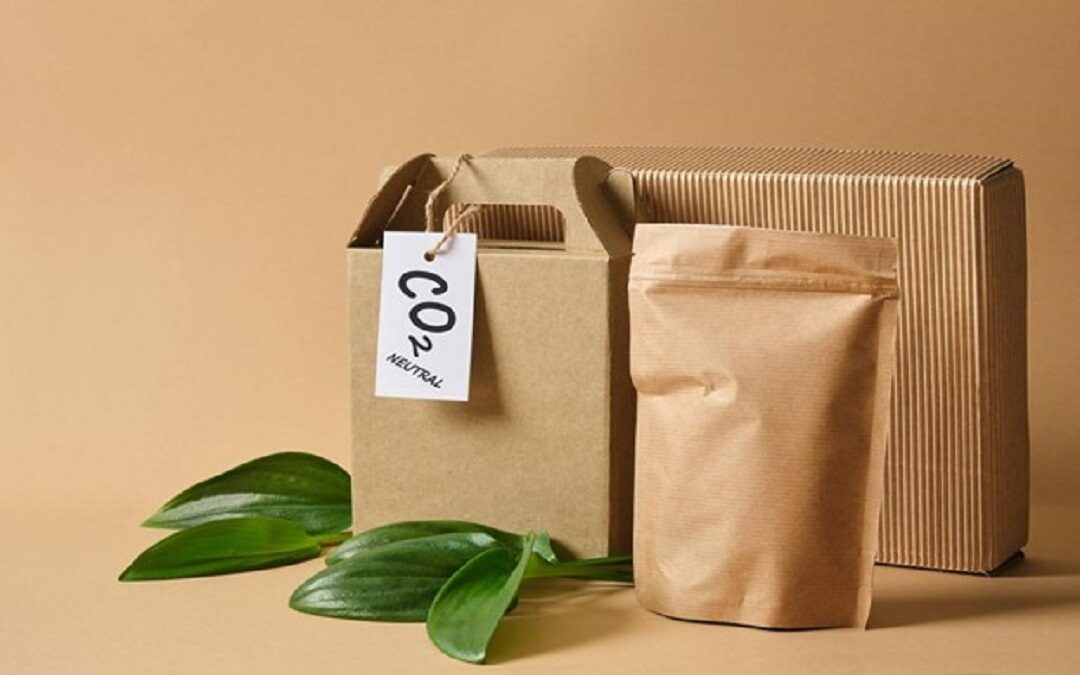Eco-Friendly Packaging Guide: Types, Benefits & Real-World Examples
Most businesses don't think much about packaging until they need to order it. The coffee bag, the pet food pouch, the snack wrapper—they all do the same basic job: protect the product and communicate the brand. Now they also need to do it without harming the environment. At MTPak, we build packaging for real use. Our stand-up pouches and multi-layer bags balance product protection with environmental responsibility. The goal is straightforward: make packaging that performs, whether it's facing moisture, oxygen, or daily handling.
This guide covers what eco-friendly packaging is, the main types available, and how to transition without disrupting your supply chain.
Eco-Friendly Packaging
What Is Eco-Friendly Packaging?
Eco-friendly packaging uses materials and methods that have less of an effect on the environment. You might notice bags made from recycled paper, pouches for snacks that can be composted, or containers made from plastic that have already been used. The things are either recycled, broken down safely, or used again. The goal isn't perfection—it's practical improvement.
What Are the Main Types of Eco-Friendly Packaging?
You'll find several material types in use today. Each works better for different products and disposal systems. The type you choose will depend on your product, your customers, and your aspirations for sustainability. Let's take a look at the most frequent types utilized now.
1. Biodegradable Packaging
This packaging breaks down naturally in the environment. You see it in materials like PLA from cornstarch, bagasse from sugarcane, or mushroom foam. Use it for food containers or shipping pillows where landfill waste is a concern. It just turns into soil and water over time.
2. Recyclable Packaging
These materials go back into the production cycle. Common examples are cardboard boxes, PET bottles, HDPE jugs, and aluminum cans. They keep materials out of the waste stream. Just check your local facility first—some only take certain types.
3. Reusable Packaging
This type gets used multiple times. Think glass jars, metal tins, or heavy-duty plastic totes. It works well for refill programs in coffee or personal care. The upfront cost is higher, but it cuts down on single-use waste significantly.
4. Compostable Packaging
Compostable materials break down into natural elements under specific composting conditions—and within a set timeframe. PLA (a plant-based polymer) and coated kraft paper are typical examples. This option works well for brands targeting zero-waste or aligned with organic and natural product positioning.
5. Post-Consumer Recycled (PCR) Packaging
PCR packaging is made from materials that consumers have already used and recycled. This includes rPET and recycled paperboard. Using PCR content cuts demand for virgin resources and lowers manufacturing energy. It’s one of the most scalable ways to reduce footprint without reinventing your packaging.
Post-Consumer Recycled (PCR) Packaging
What Do Consumers Really Think About Eco-Friendly Packaging?
Most customers now notice packaging materials. They look for recyclable symbols on coffee bags or check if shipping mailers are compostable. Over 80% say they would pay more for these options. It's becoming a standard part of their buying decision, not just a nice extra.
Younger shoppers particularly focus on this. Nearly all Gen Z buyers consider packaging's environmental impact. Since the pandemic, more people specifically choose brands using refillable containers or recycled paper. Sustainable packaging just matters more now than it did five years ago.
How Can You Successfully Switch to Sustainable Packaging?
Switching packaging needs a clear plan. A rushed change can hurt performance or cost too much. Follow these steps to make the transition work. Test new materials first. Then update your design. Finally, train your production line on the new process.
Start with a Packaging Audit
Review what you’re currently using—materials, weights, dimensions. Identify where you’re overpackaging or using hard-to-recycle components. This baseline helps you prioritize changes and track progress.
Select the Right Materials
Match materials to your product’s needs. A coffee bag may need a compostable liner with high oxygen barrier. Pet food might require a durable PCR laminate. Don’t assume “green” means weaker—many modern materials perform as well as conventional ones.
Right-Size Your Packaging
Make the best use of package design by making sure your boxes and pouches are the right size. Take off any excess layers and inserts. A small design utilizes less material and costs less to ship. The package still needs to keep the goods safe — it just doesn't need to be wasteful.
Communicate Your Efforts
Tell customers how to handle the packaging after use by adding "Recycle Me" or "Home Compostable" labels. It can help ensure the packaging gets disposed of correctly.
Work with an Expert
You want a supplier who knows sustainable materials and can test your packaging. They spot problems early, handle compliance, and help you get it right at volume.
Work with an Expert
| Product Category | Packaging Solution | Key Features |
|---|---|---|
| Coffee Bags | PCR outer layer + PLA liner | Uses recycled paper; compostable inner maintains freshness |
| Pet Food Pouches | Monomaterial polypropylene | Fully recyclable while maintaining barrier protection |
| Food Containers | Molded fiber from sugarcane | Microwave-safe, sturdy, and commercially compostable |
| Personal Care Bottles | 100% rPET construction | Clear, durable, and supports plastic circularity |
| E-Commerce Mailers | Reusable recycled plastic | Peel-and-seal design enables multiple shipping cycles |
What Do Real-World Examples of Eco-Friendly Packaging Look Like?
Let's look at actual packaging examples. These show how different materials work for coffee bags, pet food pouches, and shipping mailers.
How Does Eco-Friendly Packaging Help the Environment?
Sustainable packaging reduces measurable environmental impacts. It cuts landfill volume, lowers fossil fuel use, and conserves natural resources. The benefits show up across the product lifecycle.
It Cuts Solid Waste
Packaging makes up over 28% of municipal solid waste in the U.S. Using recyclable or reusable materials directly reduces what ends up in landfills. Every ton of PCR plastic used keeps waste out of the environment.
It Lowers Fossil Fuel Use
Virgin plastic requires petroleum extraction. Switching to rPET or PLA bioplastics reduces crude oil consumption. This directly lowers the carbon footprint of packaging production.
It Saves Natural Resources
Lightweighting and material reduction conserve water, timber, and minerals. Using less stuff is still the simplest way to reduce environmental impact—and it often saves money.
It Improves Energy Efficiency
Producing recycled materials generally consumes less energy than virgin production. Many sustainable packaging manufacturers also use renewable energy in their facilities.
It Can Extend Shelf Life
Some eco-materials improve functionality. Compostable films with high oxygen barriers keep bakery products fresh longer. This reduces food waste from farm to store.
It Can Extend Shelf Life
Conclusion
Eco-friendly packaging is now standard for serious brands. It reduces waste, meets customer needs, and keeps your business current with regulations. The technical options work and the materials perform.
At MTPak, we build packaging that protects products and reduces environmental impact. Our PCR-lined coffee bags and compostable pet food pouches use proven materials. The team focuses on practical details: barrier requirements, certification standards, and runnability on filling equipment. Contact us to review your packaging specifications.
Email:account@mtpak.com
Contact us:https://mtpak.com/contact-mtpak
Frequently Asked Questions
1. What’s the difference between compostable and biodegradable?
Compostable packaging will break down in a certain amount of time when it is composted. Biodegradable is a broader phrase; it means that anything will break down on its own, but the time and place aren't set.
2. Can PCR packaging be used for food products?
Yes, if it’s FDA-compliant and has the right barrier layers. Many food brands now use rPET or recycled paperboard with functional liners.
3. How do I know if my packaging is truly recyclable?
Check with your local recycling facility. Also, look for widely recognized labels like the How2Recycle stamp—it gives clear disposal instructions.
4. Does sustainable packaging cost more?
Not always. Lightweighting and right-sizing can lower material and shipping costs. As demand grows, prices for eco-materials continue to become more competitive.




